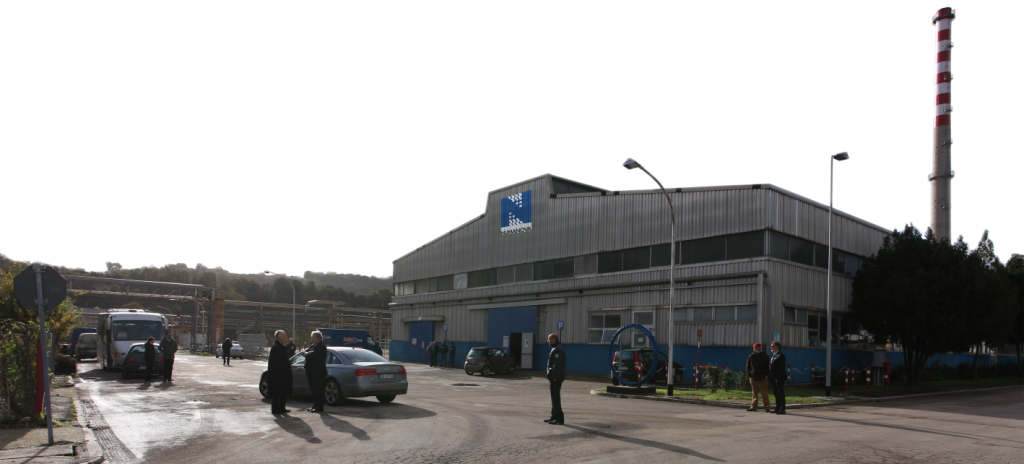Numanova, the metal additive manufacturing powder production arm of Italian holding company Italeaf, has commenced industrial activity.
The first order to be processed by the company is a batch of titanium grade 23 to be used in aerospace. Following this, the company plans to expand its production services across other grades of titanium, refractory metal, ceramic, aluminium and precious alloys dependent upon customer demand.
Though industrial production has only just started, Numanova has bold aims for the future. According to the company, “Numanova has the most advanced and robust gas-atomisation technology for the production of metallic powders available today on the international market, based (when fully operational) on 2 plants with installed productivity up to 800t/year.”

The Italeaf Group
Founded in 2010, the Italeaf Group has an active role in encourage greener industrial solutions in Italy. Accordingly, the company is part of T.E.R.N.I. Research, an Italian holding company that specializes in photovoltaic (solar) energy.
By feeding capital into the company over a period of years, Italeaf’s Numanova subsidiary was first cleared for powder production by the local authorities in July 2016. In addition to fine powders for additive manufacturing, the company also produces feedstock for metal injection molding (MIM) hot isostatic pressing (HIP) and laser cladding.
Electrode Induction-melting Inert Gas Atomization
The Numanova factory, which is located in the Umbria region of central Italy, employs two types of technology for additive manufacturing powder production:
– Electrode Induction-melting Inert Gas Atomization, EIGA, and;
– Vacuum Induction-melting Inert Gas Atomization, or VIGA.
Aside from the obvious difference in induction source, the main differentiation between the two methods is the type of materials best suited for atomization.
VIGA is used to make ferrous metal powders, including nickel, cobalt and zirconium. On the other hand, EIGA, the method of choice for this initial grade 23 batch, is particularly suited to producing powders from titanium, aluminum, refractory metal, ceramic and precious metal feedstocks.
In a crucible, reactive metal bars, like titanium, are rotated and melted under an electrode. The molten metal then flows down the chamber, where an inert argon gas is applied turning the flow into small particles.
According to LPW Technology, that counts EIGA as one of its seven different powder production methods, this process “is cheap, clean, good for small batches and produces small diameter powder.”

The global scale of additive manufacturing powder production
Through commencing industrial production Numanova enters into an increasingly demanding and competitive market for metal powders.
In some of the most recent powder production news from this year, UK based FFC powder production specialist Metalysis has graduated to industrial-scale operations; Canadian materials manufacturer Equispheres received a $5 million investment from global aerospace and defense company Lockheed Martin; and, becoming part of a small group of plasma atomization companies Tekna opened a $5.5 million production plant in Quebec.
Nominate your 3D Printer Materials Company of the Year in the 2019 3D Printing Industry Awards now.
For all of the latest powder production, subscribe to the 3D Printing Industry newsletter, follow us on Twitter and like us on Facebook.
Join 3D Printing Jobs to find your next opportunity.
Featured image shows an EIGA powder production crucible. Photo via Numanova


